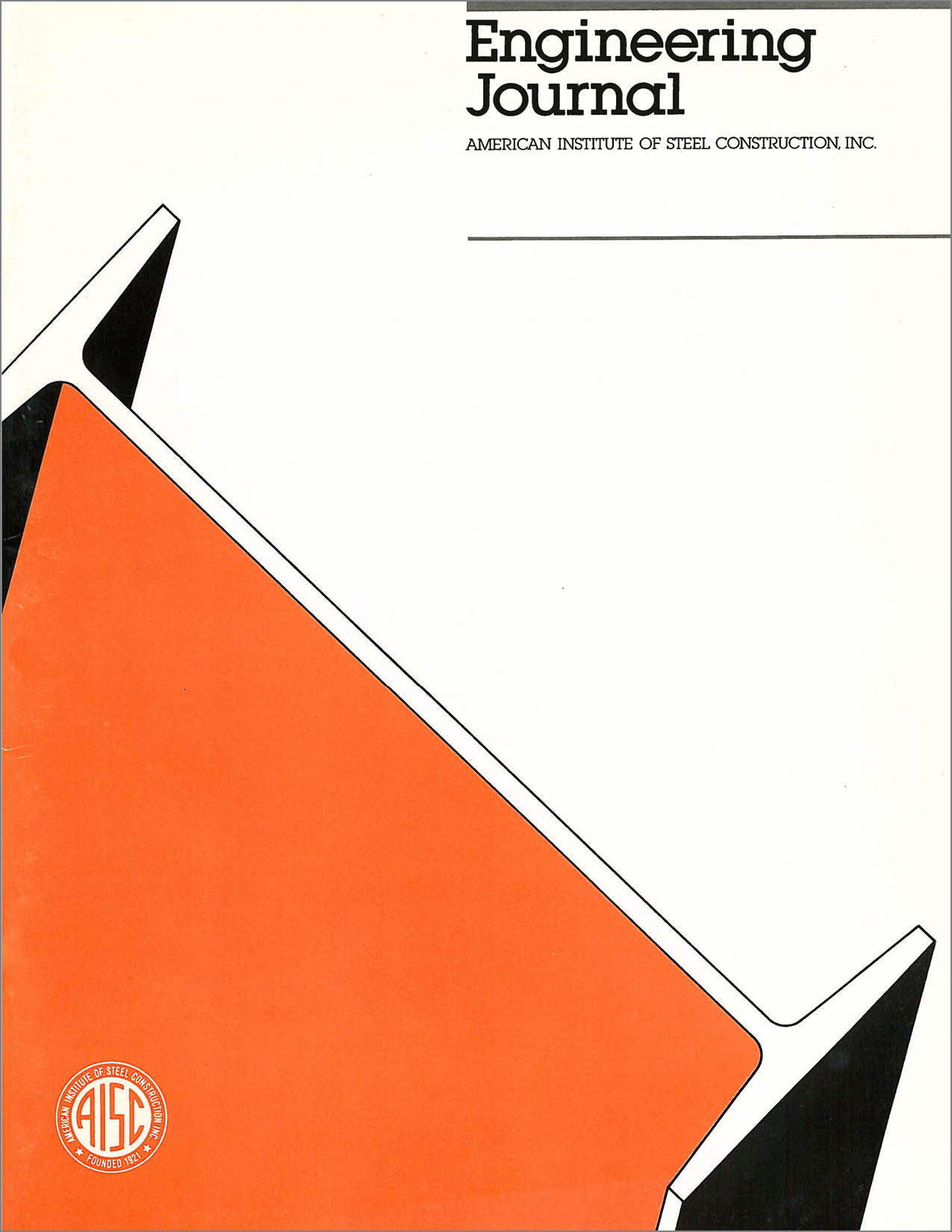Variation of Lift Load Distribution Due to Sling Length Tolerance
DOI:
https://doi.org/10.62913/engj.v26i3.524Abstract
Sling tension calculations made for engineered lifts typically assume that all of the slings are of the exact specified lengths. Some codes, particularly in the offshore industry, provide load or skew factors by which these tensions are multiplied to attempt to account for variations in the lengths. Another approach often used assigns a somewhat arbitrary split of the total lifted load between diagonally opposite pairs of slings in a four-point lift, e.g., 75% of the load to one pair and the remaining 25% to the other. Both of these methods have the same major problem: they deal with the symptom rather than with the problem. This paper shall present the results of a computer study that evaluates the effect of sling length tolerance on load distribution among a set of four slings. Both sling stiffness and lifted load stiffness were varied to examine the resulting changes in sling tension. More importantly, load distribution within the lifted load framing was tabulated and compared to the framing loads obtained by application of the above referenced code provisions. Recommendations are then made which suggest a means of best dealing with unknown but very probable sling length errors in design.

